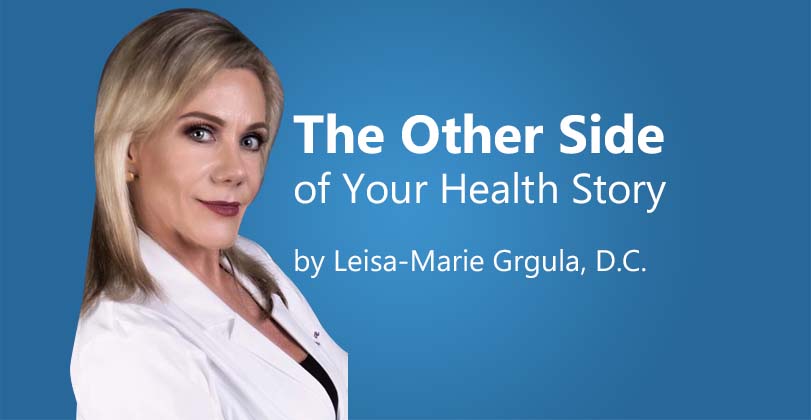I hear many people quite often confuse the terms of different alternative therapies. Here are a few of the terms that might need to be defined so you can understand the differences.
Two of the most common terms that are confused are Holistic and Homeopathic.
Homeopathic medicine is a system of alternative medicine that was developed in the late 18th century by Samuel Hahnemann, a German physician. It is based on the principle of “like cures like,” which means that a substance that can cause symptoms in a healthy person can be used in highly diluted form to treat similar symptoms in a sick person.
Holistic medicine, often referred to as holistic or integrative healthcare, is an approach to medical care that considers the whole person rather than just focusing on specific symptoms or diseases. It focuses on the interconnectedness of physical, mental, emotional, and spiritual aspects of an individual’s well-being.
Integrative medicine combines both conventional medical treatments and alternative therapies to create a comprehensive and patient-centered approach to healthcare. It aims to address the whole person—mind, body, and spirit.
Acupuncture is a Traditional Chinese Medicine (TCM) technique that involves inserting thin, single use, surgical steel needles into specific points on the body. It stimulates energy flow and restores balance in the body.
Chiropractic focuses on diagnosing and treating musculoskeletal disorders, internal disorders and others, particularly those related to the spine and nervous system. Chiropractic Physicians use different methods of manual adjustments to align the spine and improve overall health. Like other alternative therapies, chiropractic is used to prevent serious conditions as well as treating them.
Naturopathy emphasizes natural healing and prevention through lifestyle changes, dietary adjustments, herbal medicine, and other non-invasive therapies. It aims to support the body’s inherent ability to heal itself. Naturopathic Doctors also write traditional medical prescriptions. Some also perform minor surgery in some states.
Stem cells are cells with the ability to develop into different cell types. They have the potential to regenerate and repair damaged or diseased tissues in the body. They can be harvested from various sources, including embryonic tissue, adult tissues such as bone marrow, and adipose (fat) tissue. Stem cells are used in regenerative medicine to treat a wide range of conditions, including degenerative diseases, injuries, and certain genetic disorders. They have the potential to replace damaged or diseased cells with healthy ones and stimulate tissue repair.
Acellular products refer to biologically derived materials that have had their cellular components removed, leaving behind the extracellular matrix (ECM). They signal to the body where the repair is needed.
The primary difference between cellular and acellular products is the presence or absence of living cells. Stem cells are living, whereas acellular products do not contain any living cells.
Regenerative Medicine: Regenerative medicine is a field of medical science and healthcare focused on harnessing the body’s natural regenerative capabilities to repair, replace, or restore damaged or dysfunctional tissues and organs. It promotes tissue regeneration and improves overall health and well-being.
Functional Medicine: This approach seeks to address the root causes of health issues rather than just treating symptoms with drugs or surgery.
I hope this helps to clarify some of the most common terms of alternative medicine. If you’d like to become a patient in my office for medical treatments, and functional medicine, including regenerative medicine or other alternative medicine including chiropractic and acupuncture, please call my office for a complimentary consultation.
For any questions regarding my articles, please email me at:
[email protected]
Leisa-Marie Grgula. DC
Chiropractic Physician
Accurate Care Medical Wellness Center
18261 N. Pima Rd. Ste. #115
Scottsdale, AZ 85255
480-584-3955
CaringPainRelief.com





